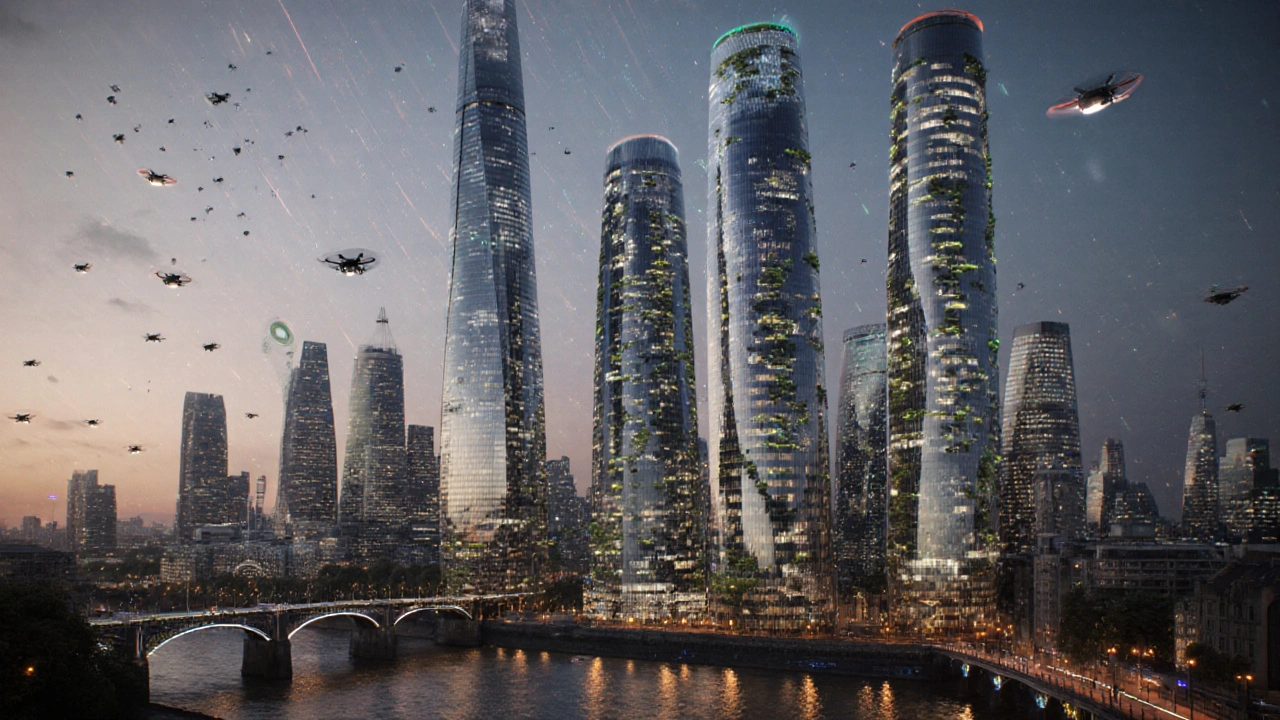Future Architecture: What’s Coming and How It Impacts You
When you walk past a new building, you might notice solar panels, flexible walls, or a shape that looks like a spaceship. Those details aren’t just eye‑catching – they’re part of a bigger shift in how architects think about the next decade.
In this guide we’ll break down the biggest drivers of future architecture, give you real‑world examples you can spot around town, and share simple steps anyone can take to stay ahead of the curve.
1. Sustainability Becomes the Baseline
Green isn’t a buzzword anymore; it’s the starting point. New public projects in Australia, for example, are required to hit net‑zero energy targets. That means designers choose materials that store less carbon, add green roofs, and install intelligent HVAC systems that adjust based on occupancy.
Practical tip: If you’re planning a remodel, look for local suppliers that offer reclaimed timber or low‑embodied‑energy concrete. Even swapping single‑pane windows for double‑glazed units can cut heating bills by 30%.
2. Smart Tech Turns Buildings into Data Hubs
Imagine a building that knows when the sun is strongest and automatically tints its glass to keep interiors cool. Sensors now monitor everything from air quality to foot traffic, feeding data to a central platform that optimizes energy use in real time.
For homeowners, a simple smart thermostat can mimic this technology. Install one that learns your schedule, and you’ll see a noticeable drop in utility costs without lifting a finger.
Architects also use parametric design tools to generate forms that respond to environmental data. The result? Structures that look futuristic while reducing material waste.
Beyond the big projects, these tools are trickling down to smaller firms. If you’re an aspiring designer, start experimenting with free software like Blender or Grasshopper – you’ll get a feel for how data‑driven design works.
Finally, consider the social side of future architecture. Inclusive design means creating spaces that are accessible to everyone, regardless of age or ability. Features like tactile paving, adjustable lighting, and clear signage are becoming standard in new public buildings.
To sum up, future architecture blends three core ideas: greener materials, smarter systems, and inclusive spaces. Keep an eye on local building codes, explore easy‑win tech upgrades, and think about how design can serve a broader audience. By staying curious and testing small changes, you’re already part of the movement shaping the cities of tomorrow.

High-Tech Architecture: Shaping the Future of Sustainable Design
Explore how high‑tech architecture combines smart materials, IoT, and 3D printing to create ultra‑sustainable buildings and meet future climate goals.
Read more